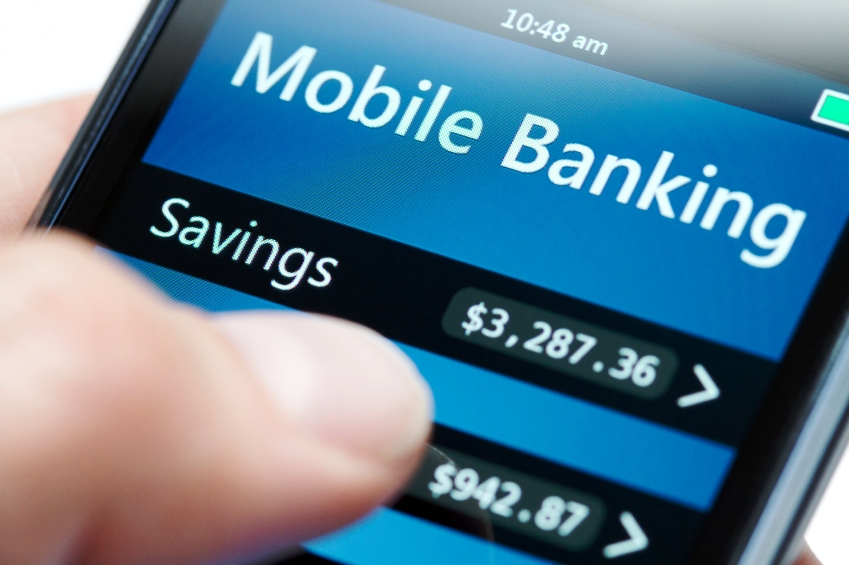 According to research by Lloyds Bank, one in three people expect to be using a mobile for payments within five years and over one in five think they will be using their fingerprint to make payments. A quarter of respondents thought they would no longer need cash in five years to pay for goods or services.
According to research by Lloyds Bank, one in three people expect to be using a mobile for payments within five years and over one in five think they will be using their fingerprint to make payments. A quarter of respondents thought they would no longer need cash in five years to pay for goods or services.
Contactless transactions — where a card is held next to a reader to make low-value payments — have been rising sharply as retailers and shoppers embrace the technology. There were 46.1m such payments in December 2014, a 255 per cent increase from the same month in 2013, according to figures from the UK Cards Association. The growth trend is likely to continue when the maximum amount that can be per transaction rises from £20 to £30 from September 1.
Claire Garrod, head of personal current accounts at Lloyds Bank, said people were increasingly expecting to use contactless, wearable technology or fingerprint ID to make payments. “The benefits of these new developments are gradually being understood and embraced by banks and their customers, to make payments more convenient without compromising security,” she said.
A milestone was passed in May when payments by card overtook notes and coins for the first time: cash transactions by consumers and businesses fell to 48 per cent last year, down from 52 per cent in 2013, according to figures from the Payments UK, a trade organization.
The prospects for growth in mobile payments were given a further boost in July after iPhone users were introduced to the device maker’s Apple Pay system in the UK. Those using its phones, iPads and Apple watches were at a stroke able to make low-value payments at more than 250,000 shops and restaurants.
Yet fraud and security remain a barrier to entry for many considering payment by mobile phone: some 44 per cent said they did not feel it was secure or safe as a method of payment, according to the Lloyds research.
Others questioned whether banks had provided enough reassurance about the loss of a smart payment device, which in a cash-free world would be at least inconvenient, and at worst, catastrophic. Banks’ unflattering record of IT failures also bodes ill for a future in which making a payment would rely on seamless and reliable connectivity.
For now, cash remains stubbornly popular: it is the UK’s most commonly used payment mechanism, accounting for 48 per cent of payments, or 18bn exchanges of cash in 2014. The flexibility and wide acceptance of cash was underlined in May figures from Payments UK, which found the numbers of cash machines have continued to grow, with just under 70,000 in the UK.
But Lloyds added that the use of cash for small transactions had more than halved over the past decade. This was partly because people were no longer using telephone boxes, buying print versions of newspapers or feeding coins into parking meters — transactions which had traditionally been large sources of cash payments.
Cash is much more popular among older age groups, a reason to think the claims of the Lloyds’ survey may be more likely to be borne out over time. Out of 1.6m people who mainly rely on cash for their daily purchases, nearly 40 per cent are over the age of 65.
Half of those aged between 55 and 75 think they will always need to have cash compared to 40 per cent of those aged between 18 and 54, underlining the ease with which younger people are engaging with mobile or internet payments.
Source: Financial Times






















